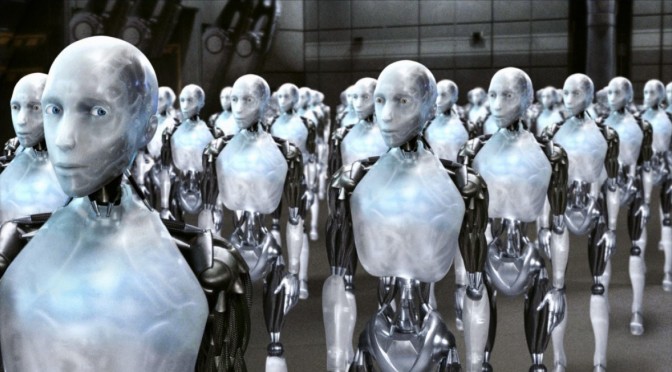Recently McKinsey and Co. released a research article on the impact of workplace automation. In the article the authors, Michael Chui, James Manyika, and Mehdi Miremadi discuss re-framing the discussion on workplace automation from one oriented around occupations to one oriented around workplace tasks.
When we argue automation of occupations we are essentially saying that “We won’t need mortgage brokers, or bank tellers” or “Lawyers will be obsolete by use of technology”. McKinsey’s insight allows a more nuanced discussion and application which focuses on what automation is available and how to best leverage it at a task level. Essentially it is asking what do people do best and what can automation do best and re-assigning tasks based on that mindset.
This is an approach that we have taken at my current job, looking at what tasks can be automated that were manual, repetitive, tedious or error prone. Tasks such as manual order entry, shipping data entry, video encoding and the like. By using automation to remove these tasks from the occupations they were associated with, we were able to allow those employees to spend more time focusing on exception cases, other improvements or new initiatives.
This concept isn’t something that is relying on far future technology either. McKinsey estimates that:
“…as many as 45 percent of the activities individuals are paid to perform can be automated by adapting currently demonstrated technologies.”
And this estimate doesn’t just cover the front line, lowest level employees, it goes all the way to the CEO.
In terms of economic value they further estimate that these tasks which could be automated represent
“about $2 trillion in annual wages.”
This suggests that there is tremendous latent improvement available to businesses willing to analyze and invest in appropriate automation. In fact the authors further report that:
“…the benefits (ranging from increased output to higher quality and improved reliability, as well as the potential to perform some tasks at superhuman levels) typically are between three and ten times the cost.”
Yes, that is a reported 300% – 1,000% ROI for these types of automation initiatives. That is an enormous impact on the bottom line of a small business. In my own experience I have not seen ROI that high yet, but we have definitely seen ROI levels that were very nice and justified continued investment in appropriate automation.
The authors go into much more detail about the impacts to business processes and the impact these changes have on traditionally high-wage occupations. They also hint at migrating the displaced employee time to more meaningful work and what that may look like.
The ability to automate and manage that process will become a key competitive differentiator. As the authors state:
“The magnitude of those benefits suggests that the ability to staff, manage, and lead increasingly automated organizations will become an important competitive differentiator.”
Workplace automation should be a part of every small business’ strategy discussion and planning. With objective analysis and appropriate implementation, automation can bring about significant bottom line improvements to most every business.
What is your business doing to take advantage of automation?
